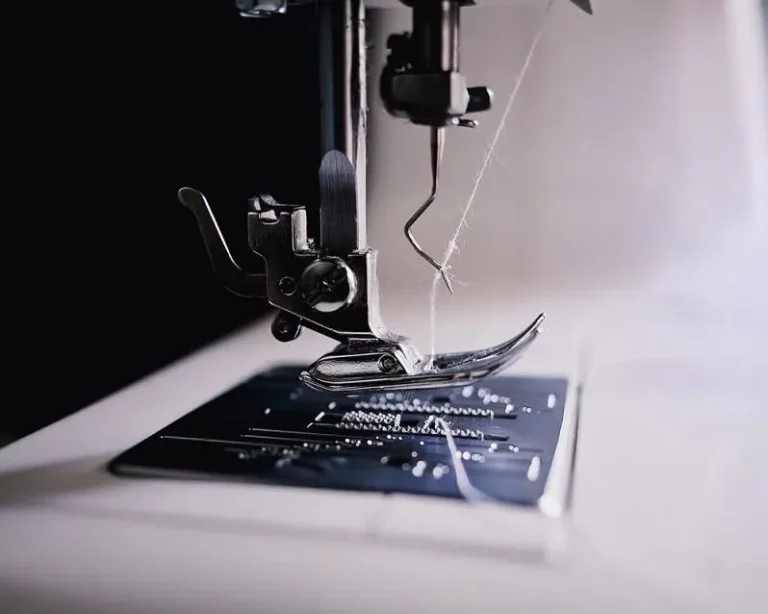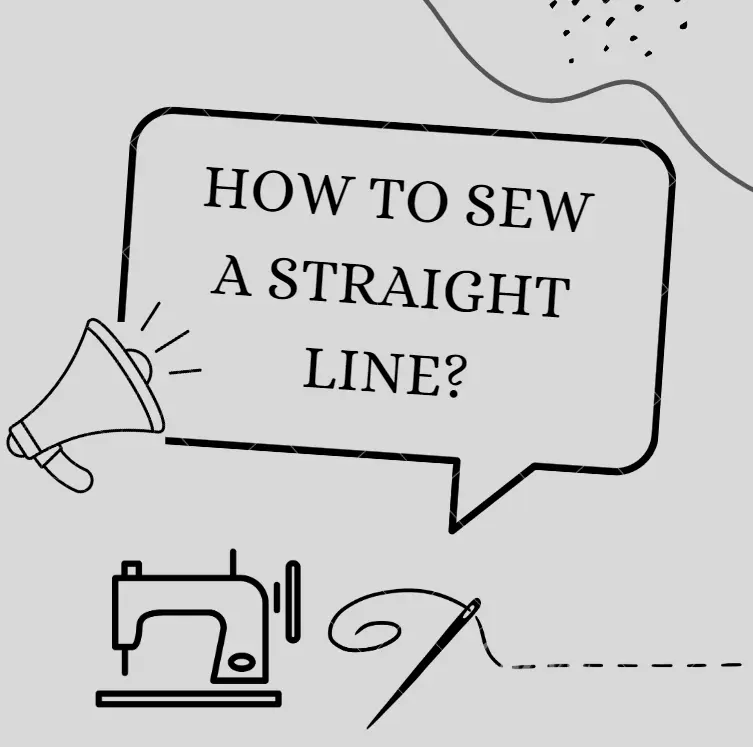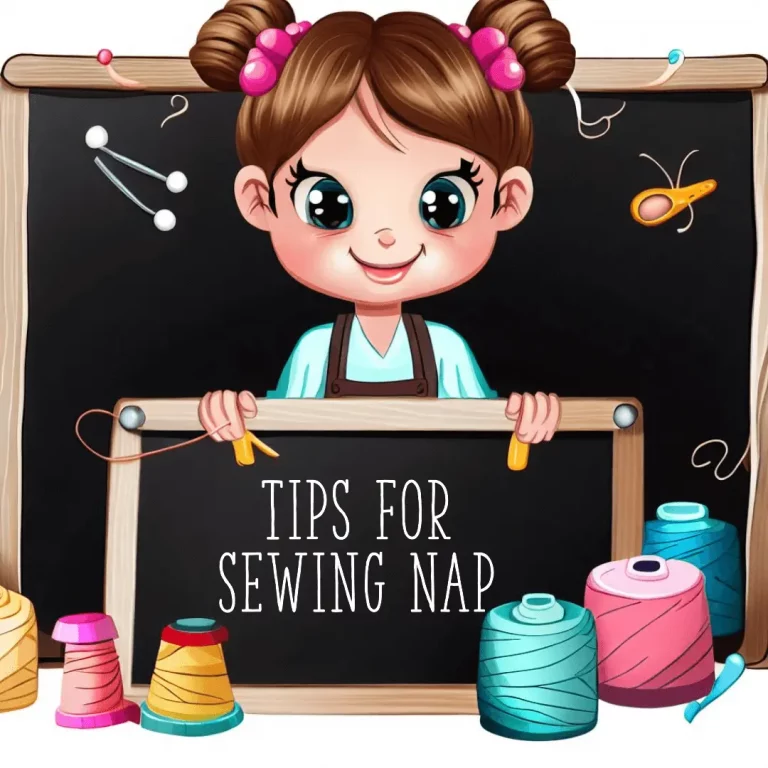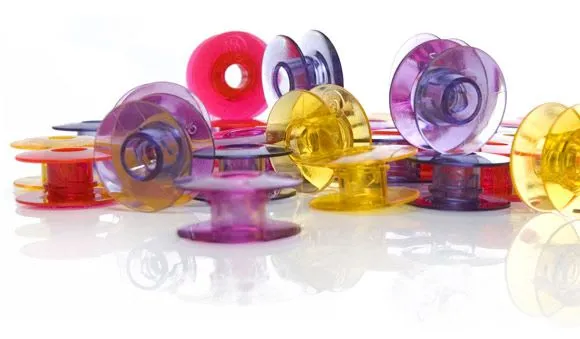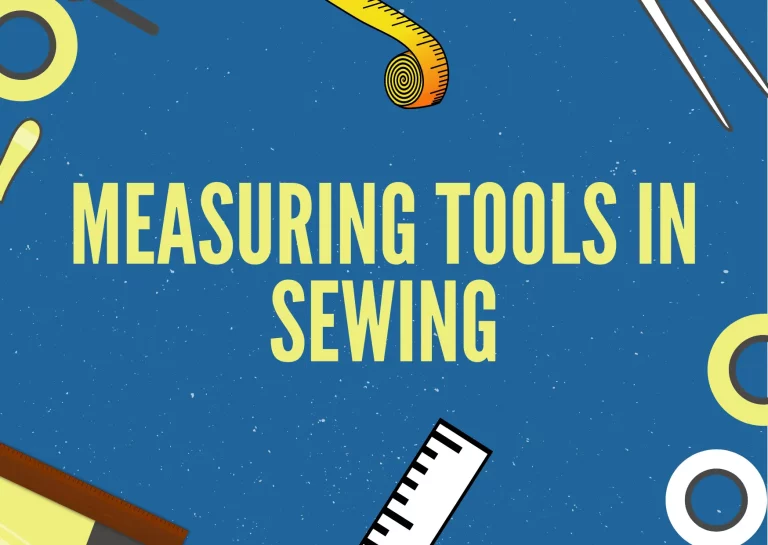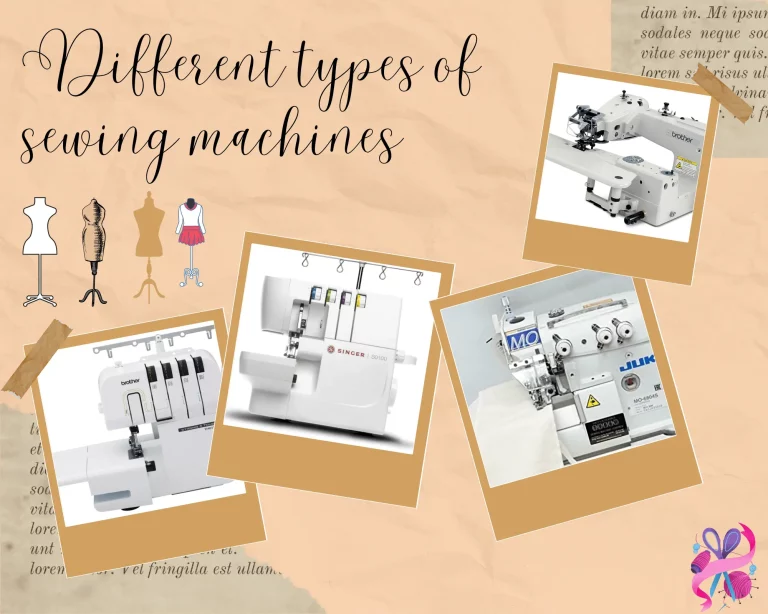Sewing Tools That Everyone Needs – Comprehensive Guide
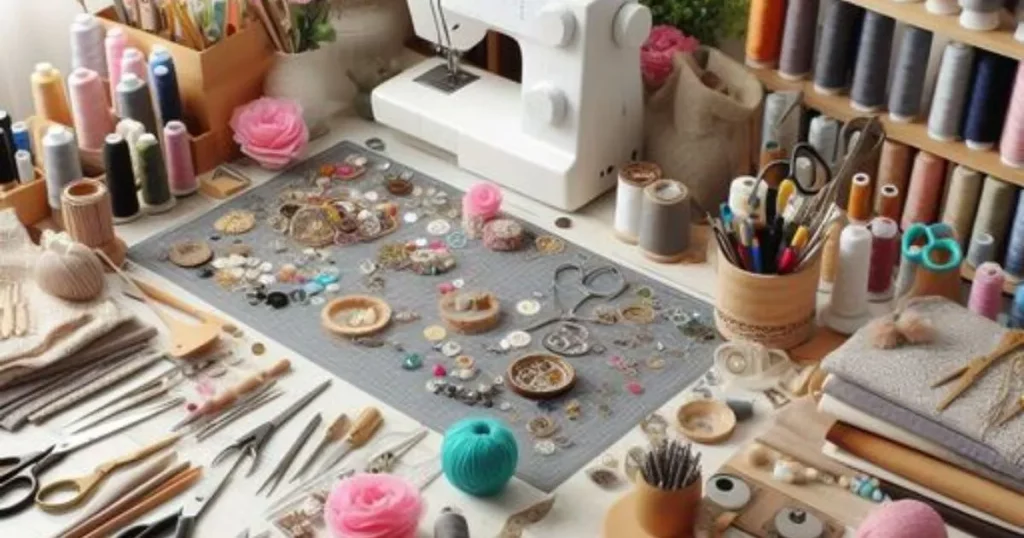
Introducing our comprehensive sewing tools guide, which includes a thoughtfully curated collection of 23 essential items to enhance your sewing skills. Having the right tools at your disposal is crucial for success, whether you’re a beginner or an experienced seamstress.
Each tool is vital to achieving your creative goals, from measuring and cutting to sewing and finishing touches. Join us as we explore the necessary equipment that will empower you to tackle any sewing project with confidence and precision.
List of sewing tools
- Binding Clips
- Cutting Mat
- Fabric Shears
- Hand Sewing Needles
- Iron
- Marking Tools
- Needle Threader
- Pincushion
- Pinking Shears
- Pins
- Rotary Cutter
- Ruler
- Scissors
- Seam Gauge
- Seam Ripper
- Sewing Machine
- Sewing Scissors
- Straight Pins
- Tailor’s Chalk
- Tape Measure
- Thimble
- Thread
- Tracing Wheel
Essential sewing tools
Here is a detailed description of each of the sewing tools.
Binding Clips:
- Description: Binding clips are small, spring-loaded clips used for securing binding or hems in place during sewing.
- Uses: Binding clips are one of the important sewing tools which hold fabric layers together without leaving marks, especially when working with delicate or thick fabrics. They provide a convenient alternative to pins for securing fabric during sewing.
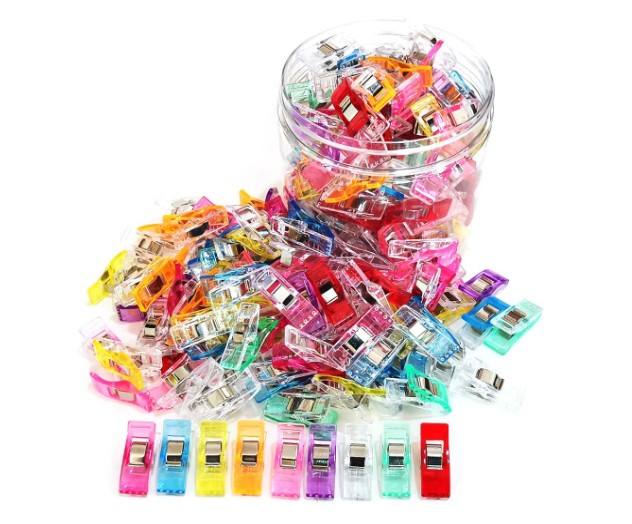
Cutting Mat:
- Description: A cutting mat is a self-healing mat made of durable material with measurement markings and a non-slip surface.
- Uses: Cutting mats are one of the important sewing tools which provide a stable and safe surface for cutting fabric with rotary cutters or scissors. They protect work surfaces from damage, extend the life of cutting blades, and ensure accurate cutting by providing measurement guides.
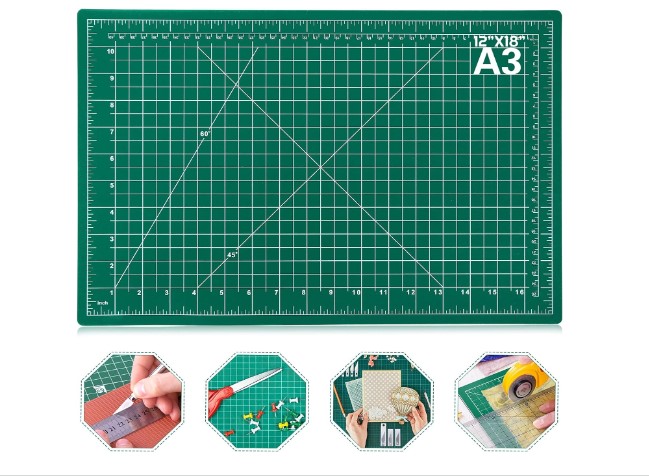
Fabric Shears:
- Description: Fabric shears are large, sharp scissors specifically designed for cutting fabric smoothly and accurately.
- Uses: Fabric shears are essential among sewing tools for cutting fabric with precision, making long, straight cuts, and ensuring clean edges without fraying. They are indispensable tools for garment construction, quilting, and crafting.
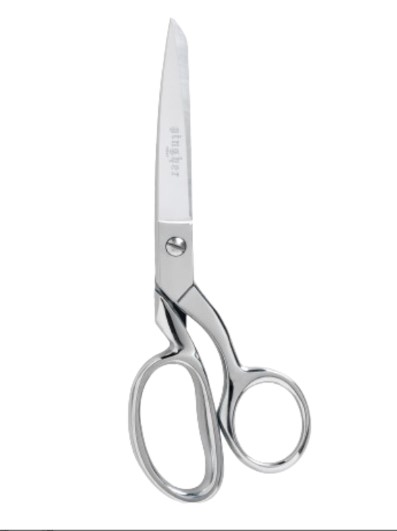
Hand Sewing Needles:
- Description: Hand sewing needles are small, slender tools with a sharp point on one end and an eye for threading on the other. They come in various sizes and types, each suitable for different fabrics and stitching techniques.
- Uses: Hand sewing needles are used for various hand-sewing tasks, such as stitching seams, attaching buttons, mending tears, and adding embellishments. They are essential for fine, detailed work that cannot be accomplished with a sewing machine.
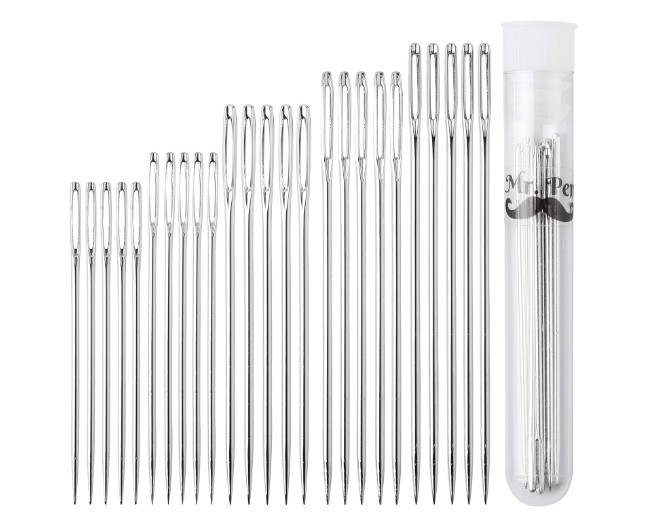
Hand sewing needles, despite their simplicity, are one of the important sewing tools which offer a multitude of benefits that make them indispensable tools for crafting, repairing, and creating textile projects. One of the primary advantages lies in their versatility. Hand sewing needles come in various sizes and shapes, catering to different types of fabrics and stitching techniques. Whether you’re working with delicate silk, sturdy denim, or stretchy knit fabrics, there’s a needle designed to suit your specific needs. Additionally, hand sewing needles allow for precise control and manipulation, enabling artisans to create intricate stitches and detailed embellishments that might be challenging to achieve with a sewing machine.
Another significant benefit of hand sewing needles is their portability and accessibility. Unlike bulky sewing machines, needles can be easily transported and used virtually anywhere, making them ideal for on-the-go repairs or crafting sessions. Moreover, hand sewing fosters a deeper connection to the crafting process, as artisans can feel the texture of the fabric and gauge the tension of each stitch with their own hands.
Iron:
- Description: An iron is a heating appliance with a flat surface used for pressing fabric to remove wrinkles and create crisp seams.
- Uses: Irons are one of the important sewing tools which are used for pressing fabric, setting seams, and shaping garments during sewing. They are essential for achieving professional-looking results by ensuring smooth, wrinkle-free fabric surfaces and precise folds.

Ironing plays a crucial role in sewing, offering several benefits that contribute to the quality and professional finish of handmade garments and projects. Firstly, ironing helps to flatten fabric and remove wrinkles, ensuring a smooth and even surface for cutting and sewing. By prepping fabric in this way, seamstresses can achieve more accurate measurements and cleaner seams, resulting in a polished final product.
Marking Tools:
- Description: Marking tools include tailor’s chalk, disappearing ink pens, and fabric markers used for temporarily marking fabric.
- Uses: Marking tools are used to transfer pattern markings, indicate sewing lines, and make temporary adjustments during garment construction. They help sewists accurately follow patterns and sewing instructions.
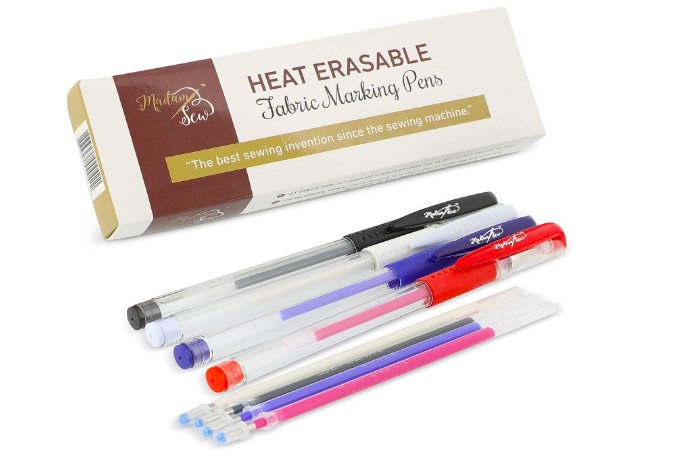
Needle Threader:
- Description: A needle threader is a small tool with a thin wire loop used to assist in threading needles, especially for those with poor eyesight or when working with fine needles.
- Uses: Needle threaders are one of the important sewing tools which make threading needles easier and faster by guiding the thread through the eye of the needle. They are particularly helpful for threading small needles used in hand-sewing projects.
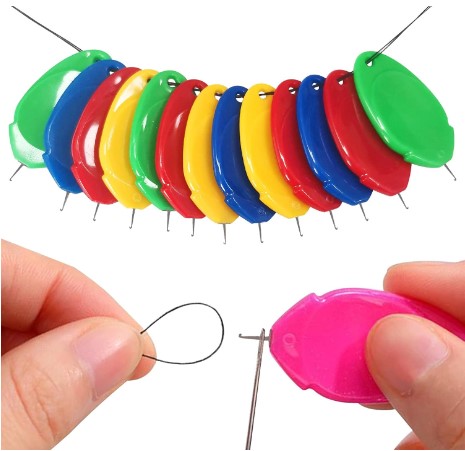
Pins:
- Description: Pins are thin, straight metal shafts with a sharp point on one end and a decorative head on the other. They come in various lengths and thicknesses.
- Uses: Pins are important sewing tools used for temporarily holding fabric layers together during sewing, securing patterns to fabric, and marking fabric before cutting or sewing. They are indispensable for ensuring accurate alignment and preventing fabric from shifting during stitching.
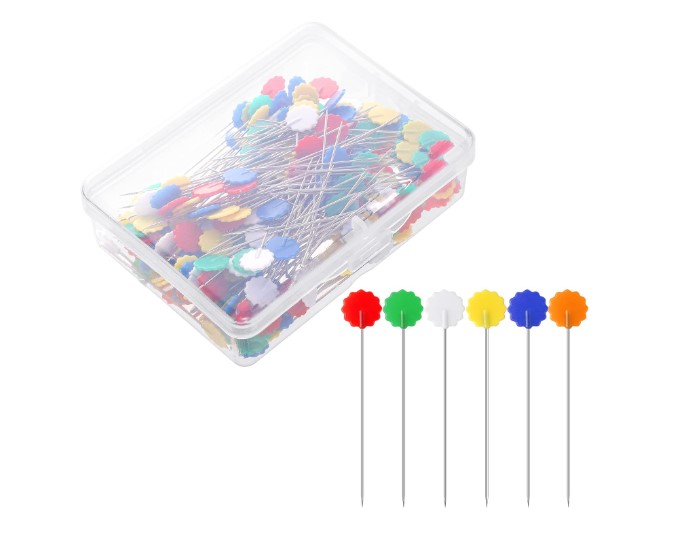
Pin Cushion:
- Description: A pin cushion is a small cushion filled with padding material and attached with pins. It usually has a decorative cover.
- Uses: Pin cushions hold pins and needles securely, keeping them organized and within reach during sewing projects. They provide a convenient place to store pins and prevent them from getting lost or scattered.
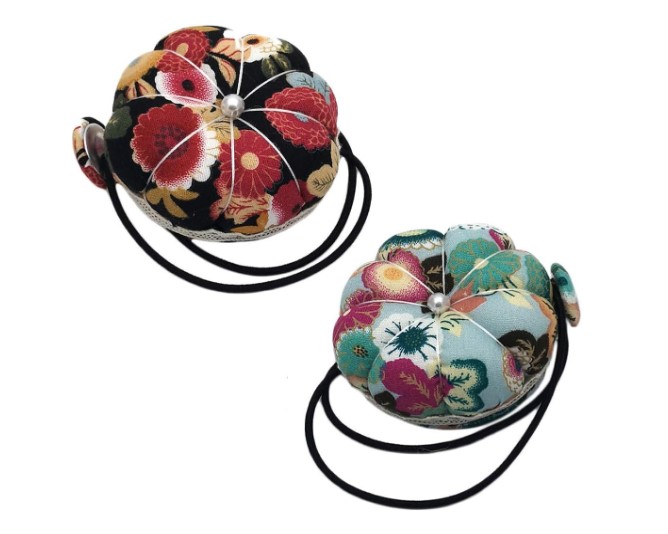
Pinking Shears:
- Description: Pinking shears are scissors with serrated blades that create a zigzag edge when cutting fabric. They typically have a saw-toothed pattern along the blade.
- Uses: Pinking shears are used to finish fabric edges to prevent fraying, especially for fabrics prone to unraveling. They are also used decoratively to add texture and visual interest to seams and edges.
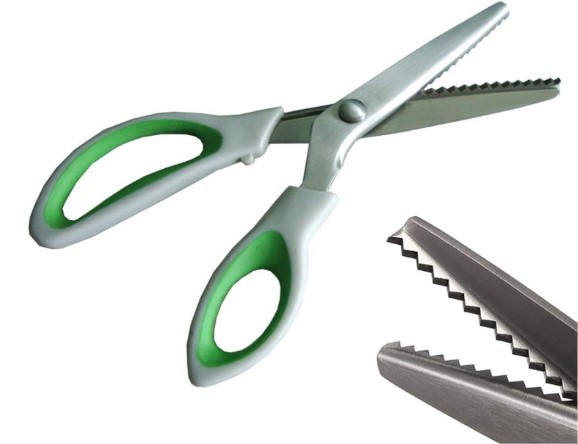
Pinking shears are one of the important sewing tools which offer unique benefits in the world of sewing and crafting, primarily through their ability to prevent fraying and unraveling of fabric edges. Their serrated blades create a zigzag pattern along the cut edge, which helps to minimize fraying by reducing the length of individual threads that can come loose. This feature is particularly useful when working with fabrics prone to fraying, such as lightweight cottons, linens, and synthetics. By neatly finishing raw edges, pinking shears contribute to the durability and longevity of garments, quilts, and other textile projects.
Rotary Cutter:
- Description: A rotary cutter is a cutting tool with a circular blade attached to a handle. It is operated by rolling the blade over the fabric to cut it smoothly.
- Uses: Rotary cutters are one of the important sewing tools which primarily used for cutting fabric quickly and accurately, especially for quilting, patchwork, and garment construction. They are preferred for cutting multiple layers of fabric and intricate shapes with precision.
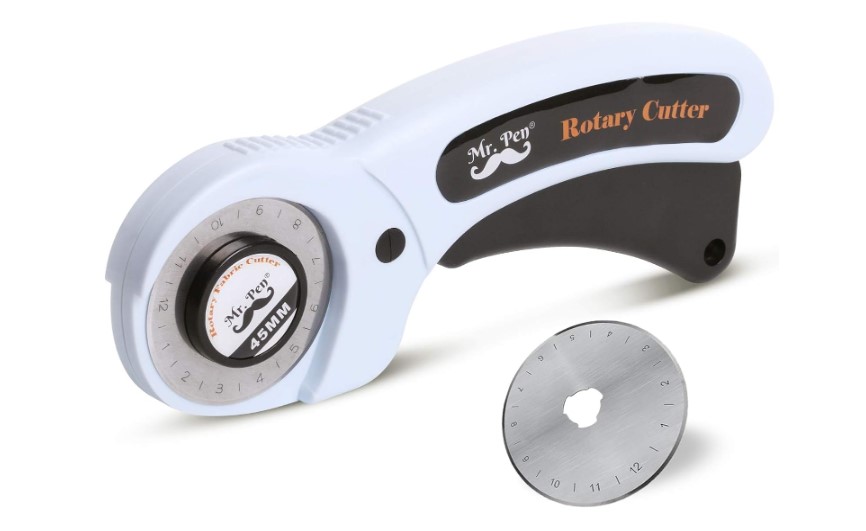
The Rotary Cutter is a revolutionary tool in the field of cutting fabrics and materials. Its efficiency and precision are its most notable qualities. With its sharp, round blade and clean, crisp edges, the rotary cutter can easily cut through a variety of textiles, minimizing fraying and distortion. This precision is especially helpful when dealing with complex patterns or numerous layers of fabric, as it eliminates the need for time-consuming marking and trimming. Additionally, the ergonomic design of the rotary cutter helps users maintain a steady cutting angle, resulting in more uniform pieces and a streamlined workflow.
Ruler:
- Description: A ruler is a straight-edge measuring tool with markings for accurate measurements.
- Uses: Rulers are important sewing tools which are used for measuring fabric, marking straight lines, and ensuring precise dimensions in sewing projects. They provide a reliable reference for cutting fabric, marking seam allowances, and making adjustments during sewing.
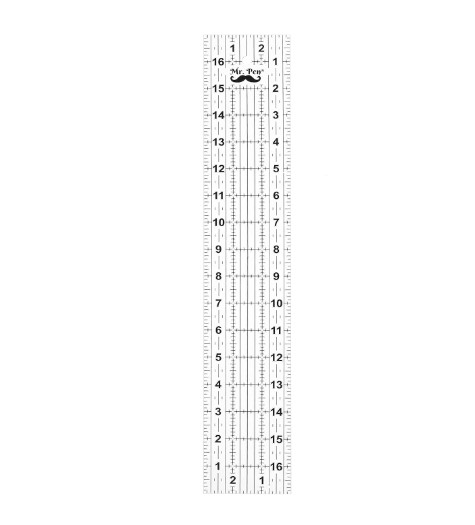
Scissors:
- Description: Scissors are hand-operated cutting tools with two blades joined by a pivot. They come in various sizes and types, including fabric scissors, embroidery scissors, and thread scissors.
- Uses: Scissors are important sewing tools which are used for cutting fabric, thread, and other materials with precision in sewing projects. They are essential for trimming excess fabric, cutting pattern pieces, and performing detailed cutting tasks.
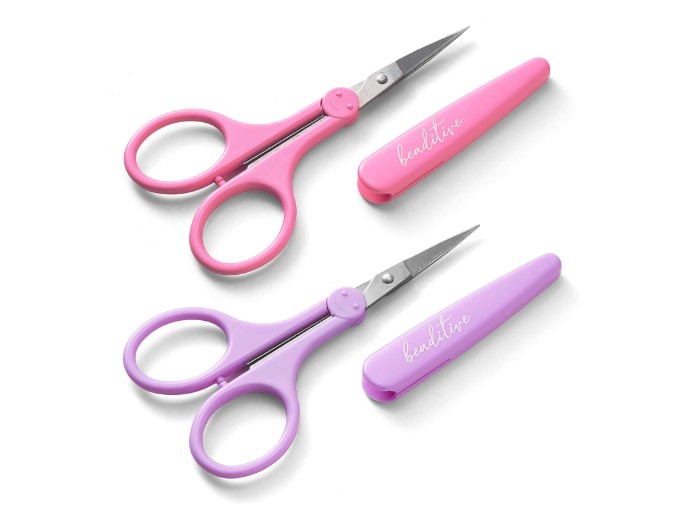
Seam Gauge:
- Description: A seam gauge is a small ruler with a sliding marker that allows for precise measurement of seam allowances and hems.
- Uses: Seam gauges are one of the important sewing tools which essential for ensuring consistent seam widths and accurate hem allowances in sewing projects. They are also used for measuring small distances and marking fabric before cutting or sewing.
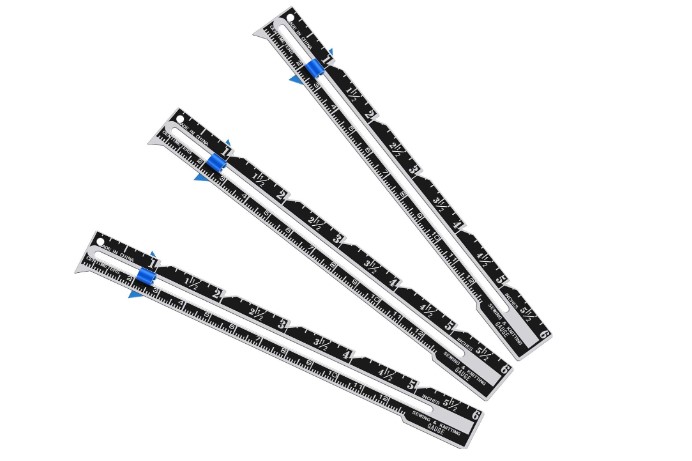
Its compact size and adjustable slider make it ideal for quickly measuring and marking seam allowances, hems, and other dimensions with accuracy. This versatility allows seamstresses and crafters to maintain uniformity throughout their projects, ensuring that seams align correctly and finished pieces have a polished appearance.
Seam Ripper:
- Description: A seam ripper is a small, handheld tool consisting of a sharp pointed end and a hooked blade. The pointed end is used to pierce through stitches, while the hooked blade catches and cuts them, allowing for the removal of unwanted stitches.
- Uses: Seam rippers are primarily used for correcting mistakes in sewing projects by removing stitches, such as incorrect seams, basting threads, or misplaced stitches. They are indispensable for undoing sewing errors without damaging the fabric.
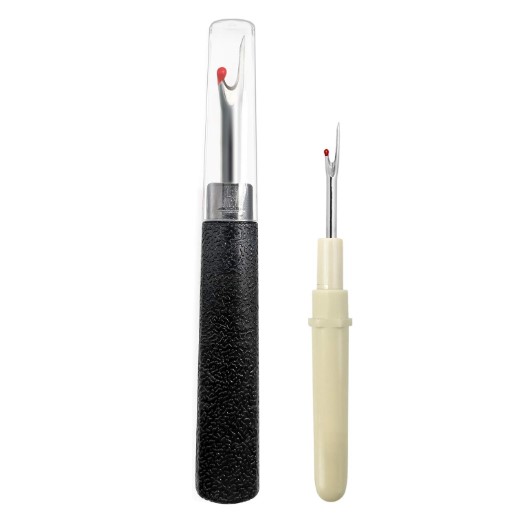
Although a seam ripper may appear like a basic instrument, its uses in the sewing and craft industries are invaluable. First and foremost, accuracy is essential while stitching, and a seam ripper makes it simple to fix errors without destroying the cloth. With this tool, you can achieve professional-quality results by eliminating unnecessary stitching, aligning mismatched seams, and opening buttonholes with a delicate touch. It quickly cuts through even the most difficult threads because to its thin, sharp blade that glides under seams with ease.
Beyond its main purpose, a seam ripper which is one of the best sewing tools can be used for a variety of sewing applications. Not only can this tool be used for error correction, but it also makes complex activities like fabric manipulation, seam finishing, and ornamental effect creation easier. For example, a seam ripper helps to carefully unpick seams without producing tears or snags when working with delicate fabrics like silk or chiffon. It’s also quite helpful for tasks where you need to make tweaks to patterns because it lets you make exact changes without sacrificing the fabric’s integrity.
Sewing Machine:
- Description: A sewing machine is a mechanical or electronic device used for stitching fabric together with a needle and thread. It typically has various stitch options and features for different sewing tasks.
- Uses: Sewing machines are the most important sewing tools and are used for seam construction, stitching patterns, and creating professional-quality garments and projects efficiently. They offer speed, precision, and versatility in sewing tasks, from simple repairs to complex garment construction.
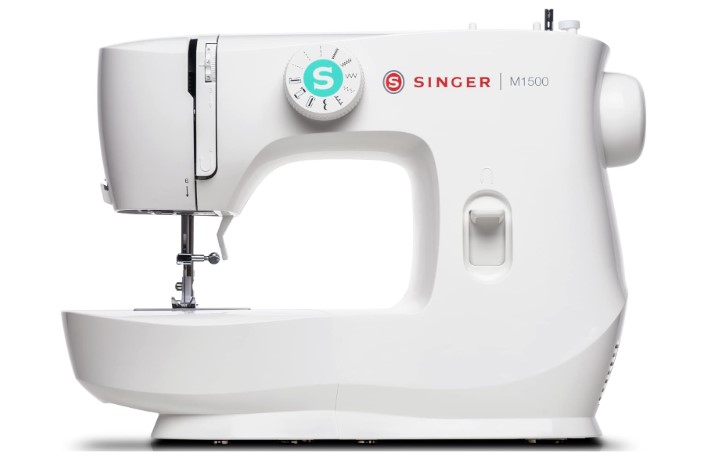
The sewing machine has transformed the way fabric is stitched and constructed, making it an essential tool in the world of crafting and garment manufacturing. Thanks to their mechanical efficiency and precision, seamstresses can quickly and consistently produce professional-quality projects and clothing.
The sewing machine’s wide range of functions, from simple stitches to intricate embroidery designs, meets the diverse demands and imaginative visions of manufacturers. Moreover, the sewing machine accelerates the stitching process, resulting in increased productivity and shorter production periods. Because of its versatility and ease of use, both novice and expert sewers can use it, allowing them to express their creativity and bring their ideas to life with confidence and accuracy.
Sewing Scissors:
- Description: Sewing scissors are specialized scissors with finer blades designed for detailed cutting tasks in sewing projects.
- Uses: Sewing scissors are one of the important sewing tools which are used for trimming threads, cutting buttonholes, and performing precise cutting tasks where accuracy is crucial. They are essential for achieving neat and professional-looking results in sewing.
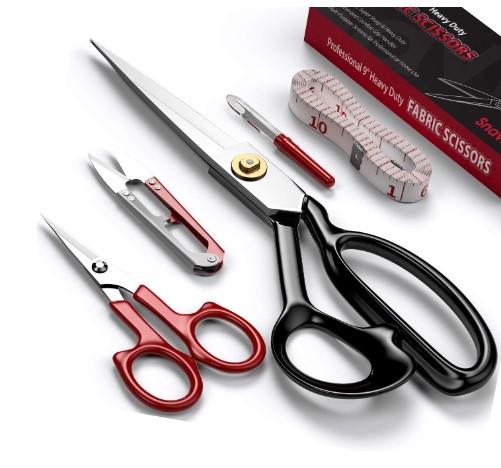
Straight Pins:
- Description: Straight pins are thin, straight metal shafts with a sharp point on one end and a decorative head on the other.
- Uses: Straight pins are used for temporarily holding fabric layers together, securing patterns, and marking fabric before cutting or sewing. They are indispensable tools for ensuring accurate alignment and preventing fabric from shifting during sewing.
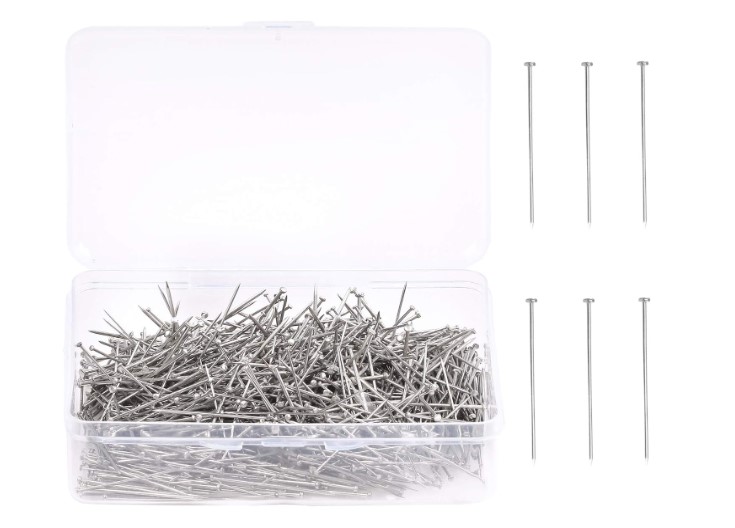
Tailor’s Chalk:
- Description: Tailor’s chalk is a soft chalk in various colors used for marking fabric temporarily.
- Uses: Tailor’s chalk is important among sewing tools and is used to transfer pattern markings, indicate sewing lines, and make temporary adjustments during garment construction. It provides visible markings on fabric that can be easily brushed or washed away after sewing.
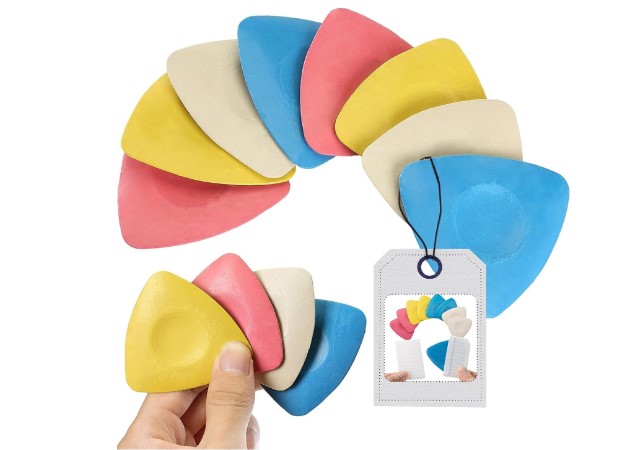
Tape Measure:
- Description: A tape measure is a flexible strip typically made of fabric or metal with measurement markings along its length. It usually has both imperial and metric measurements for versatility.
- Uses: Tape measures are one of the important sewing tools which are essential for taking accurate measurements of fabric, body measurements for garment fitting, and determining dimensions for sewing projects. They are indispensable for ensuring precision in cutting and sewing.
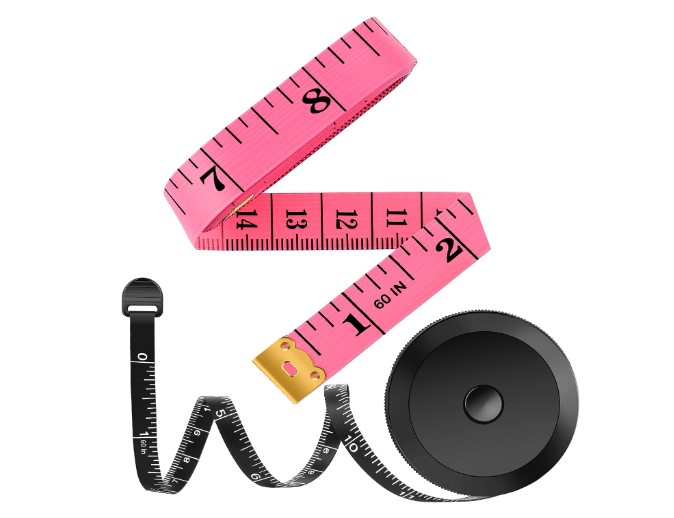
Its mobility and flexibility make it highly adaptable, enabling accurate measurements in a variety of settings. A tape measure gives the critical accuracy required for success when measuring spaces, taking body measures for clothing tailoring, or making sure cuts on do-it-yourself projects are precise. Its retractable form and sturdy build also guarantee endurance and user-friendliness, making it a dependable companion for both pros and enthusiasts.
Thimble:
- Description: A thimble is a small, protective cap worn on the finger to prevent needle pricks while hand-sewing. It is typically made of metal, plastic, or leather.
- Uses: Thimbles are one of the important sewing tools which protect the finger from needle pricks and provide support when pushing needles through thick fabric layers. They improve sewing accuracy and reduce finger fatigue during extended hand-sewing sessions.
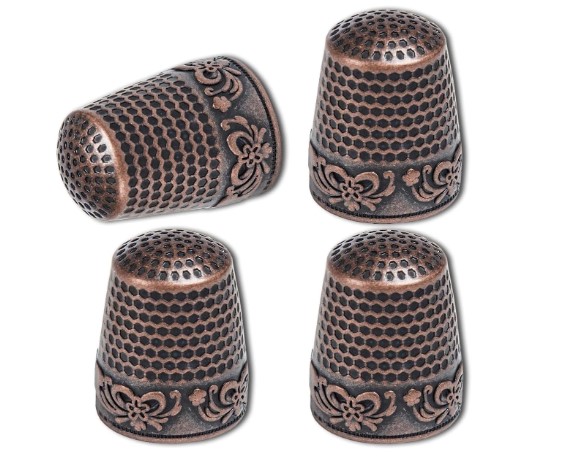
Thread:
- Description: Thread is a thin, continuous strand usually made of cotton, polyester, or a blend of fibers. It comes in various colors and thicknesses, suitable for different sewing tasks.
- Uses: Thread is used for stitching fabric pieces together, creating seams, and adding decorative elements to sewing projects. It is available in a wide range of colors to match or contrast with fabrics and is crucial for securing seams and providing structural integrity to garments. The unsung hero of sewing, thread is essential to keeping fabrics together and completing designs. Beyond just usefulness, thread selection affects a project’s overall quality, durability, and attractiveness.
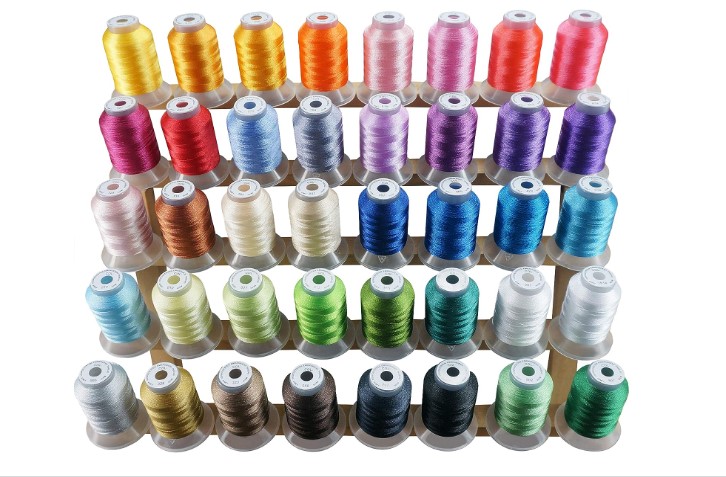
The correct thread guarantees that every stitch, whether it’s a robust seam or a delicate embroidery stitch, endures over time. Furthermore, thread is available in a wide range of hues and patterns, which opens up countless creative options and allows it to contrast or mix smoothly with various textiles. Thread is a crucial element in the art and trade of sewing since it is, in essence, the unseen force that transforms dreams into reality.
Tracing Wheel:
- Description: A tracing wheel is a handheld tool with a serrated wheel used for transferring markings onto fabric.
- Uses: Tracing wheels are one of the important sewing tools which are used to transfer pattern markings, darts, and sewing lines onto fabric accurately. They create temporary markings that can be easily removed or covered during sewing.
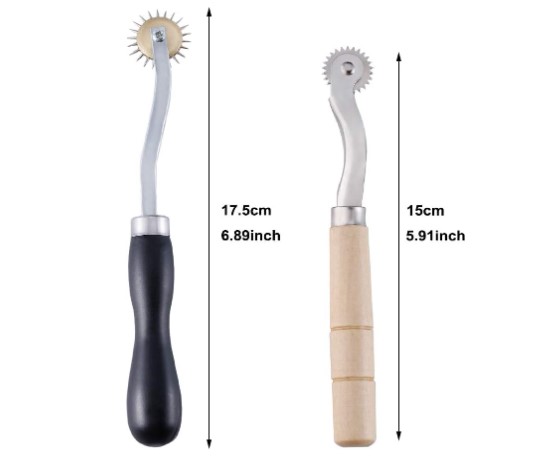
These sewing tools are essential for various tasks in sewing projects, from measuring and cutting fabric to stitching and finishing seams. Each tool serves a specific purpose and contributes to the overall success and quality of the finished garment or project.
Conclusion
Learning how to sew well requires talent, imagination, and the right equipment. To help you carry out your designs with style, we have highlighted 23 must-have sewing tools for any enthusiast’s arsenal. With these tools at your disposal, you’ll be ready to take on a variety of sewing projects, from straightforward repairs to sophisticated garment creations. Remember that investing in high-quality instruments allows you to unleash your creativity and produce professional-looking results. It’s an investment in your craft. Enjoy sewing!

